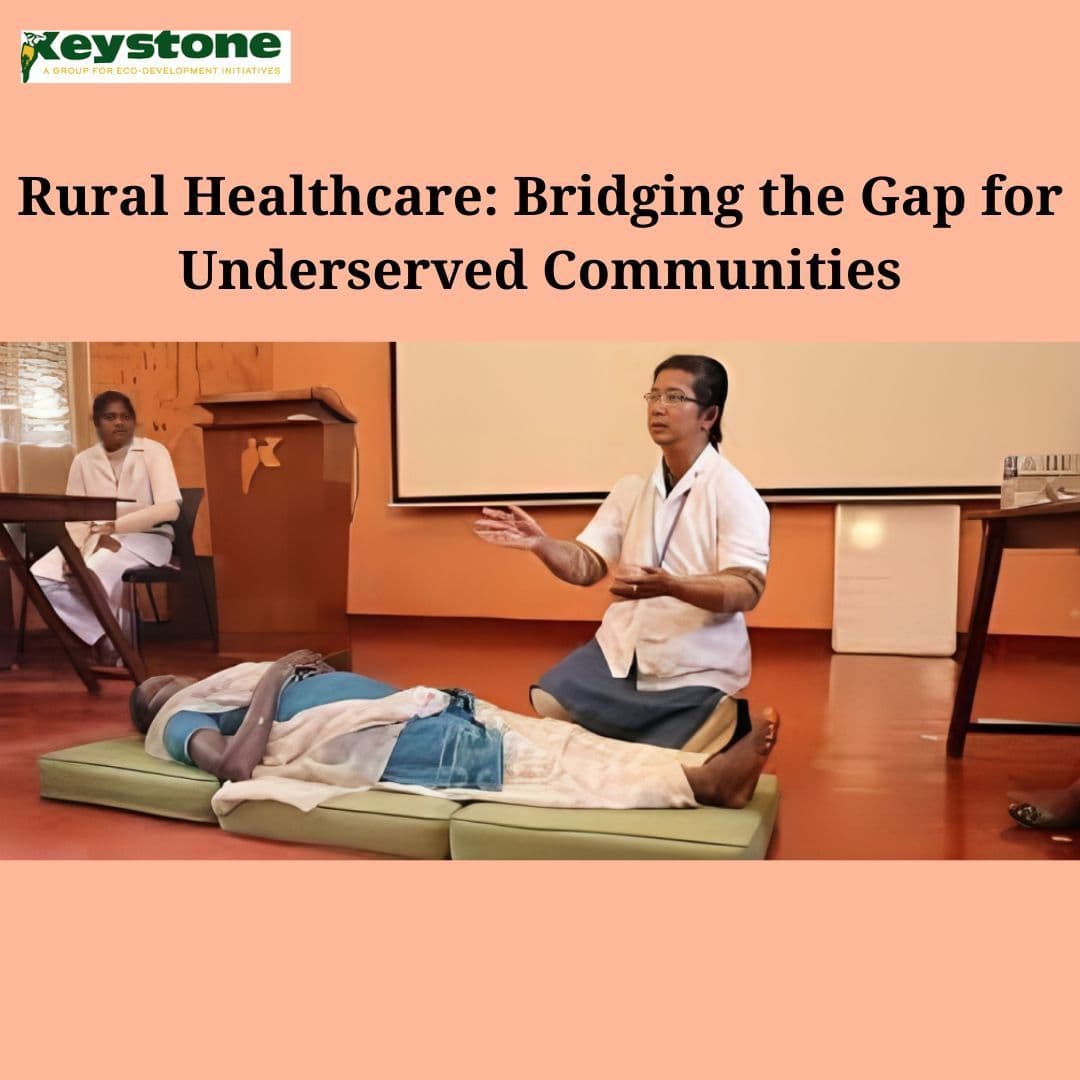
Rural Healthcare: Bridging the Gap for Underserved Communities
Introduction
In the fast-paced world of healthcare, it's simple to forget that not everyone has equal access to medical treatment. The issues that persons who live in isolated and underserved areas confront are addressed by rural healthcare, making it a crucially important topic. In this in-depth essay, we will delve into the complexities of rural healthcare, looking at the challenges it faces and the programs that are trying to close the healthcare gap for these sometimes ignored places.
Understanding the Rural Healthcare Landscape
The Rural Health Disparities
Rural areas, characterized by their scenic landscapes and tight-knit communities, often face significant disparities when it comes to healthcare access. These disparities are fueled by factors such as limited healthcare infrastructure, fewer healthcare professionals, and economic challenges.
The Impact of Geography
Geographical issues are among the biggest problems in rural healthcare. Residents of rural towns frequently live far from hospitals and medical services, making it challenging for them to get timely care, especially in an emergency.
The Healthcare Challenges in Rural Areas
Shortage of Healthcare Professionals
Rural areas often struggle to attract and retain healthcare professionals, including doctors, nurses, and specialists. This shortage leaves rural residents with limited access to medical expertise.
Limited Infrastructure
In many rural areas, healthcare infrastructure lags behind urban counterparts. Hospitals and clinics may lack modern equipment, hindering the quality of care provided.
Socioeconomic Barriers
Rural communities often face economic challenges. Unemployment and poverty rates can be higher, making it difficult for residents to afford healthcare services or health insurance.
Initiatives to Improve Rural Healthcare
Telemedicine Revolution
Telemedicine has emerged as a game-changer in rural healthcare. It allows patients to consult with healthcare providers remotely, overcoming the challenge of geographic isolation.
Community Health Workers
Deploying community health workers who understand the local culture and language has proven effective in bridging the gap between healthcare providers and rural communities.
Mobile Clinics
Mobile healthcare units bring medical services directly to rural areas. These clinics provide vaccinations, health check-ups, and essential medical care, improving accessibility.
Rural Health Training Programs
Initiatives aimed at training local individuals as healthcare providers can help address the shortage of professionals in rural areas.
Overcoming Healthcare Stigma
Breaking Cultural Barriers
Rural communities may have cultural beliefs and practices that affect healthcare-seeking behavior. Sensitivity and cultural competence are vital in providing effective care.
The Role of Government and Policy
Government Initiatives
Government policies play a significant role in shaping rural healthcare. Programs like Medicare and Medicaid aim to provide financial assistance to low-income rural residents.
Investment in Infrastructure
Infrastructure development in rural areas, including the construction of hospitals and healthcare centers, is essential for improving healthcare access.
The Success Stories
Case Studies
Examining specific examples of rural healthcare success stories highlights what can be achieved with the right approach and dedication.
Community Resilience
Rural communities often display remarkable resilience in the face of healthcare challenges. Their ability to come together and support one another is an inspiring aspect of rural healthcare.
Conclusion
In conclusion, we should pay attention to and take action on the issue of rural healthcare. Telemedicine, community health workers, and government regulations are just a few of the many strategies that must be used to close the gap in healthcare access for rural people. We can make sure that everyone, regardless of where they reside, has access to high-quality healthcare by addressing the particular difficulties that these regions experience.
FAQs (Frequently Asked Questions)
1. What are the main challenges in rural healthcare?
The main challenges in rural healthcare include a shortage of healthcare professionals, limited healthcare infrastructure, socioeconomic barriers, and the impact of geography.
2. How is telemedicine changing rural healthcare?
Telemedicine allows rural residents to consult with healthcare providers remotely, overcoming geographical barriers and improving access to medical care.
3. What role do community health workers play in rural healthcare?
Community health workers are instrumental in bridging the gap between healthcare providers and rural communities. They understand local culture and language, making healthcare more accessible.
4. How can government policies improve rural healthcare?
Government policies, such as Medicare and Medicaid, provide financial assistance to low-income rural residents, ensuring they can access healthcare services. Additionally, investment in healthcare infrastructure is crucial for improvement.
5. What is the significance of cultural competence in rural healthcare?
Cultural competence is vital in rural healthcare as it helps healthcare providers understand and respect the cultural beliefs and practices of rural communities, ultimately improving the quality of care provided.
Appreciate the creator